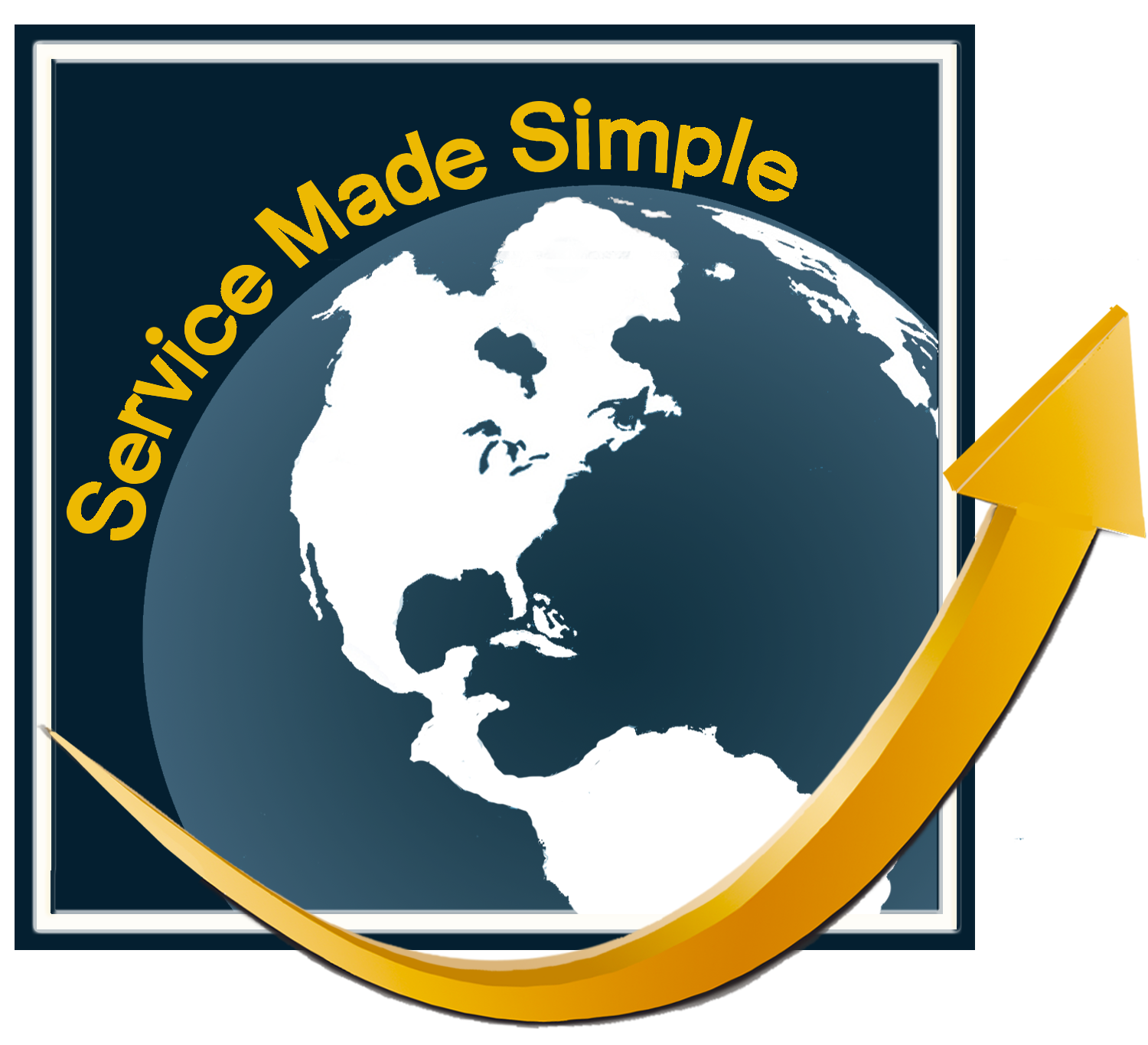
Have you heard of the new movement to eliminate bosses? No job titles, no traditional bosses and no corporate hierarchy.
Now, I know people have been trying to find ways to eliminate management for years but this is a real methodology that has put Zappos’ creative CEO Tony Hsieh again into the spotlight. It is one of those methods that we all hope could succeed for the benefits it delivers but question whether it can actually be done. So I would like to introduce us to the opportunity of watching Mr. Tsieh. Most amazing is that Tony has signed a Constitution empowering his organization to lead to these rules instead of his. So far he has over 200 of his 1500 employees that have expressed interest in leaving and he has created a severance package to help them go.
It is a hard organization shift called Holacracy, based on Reinventing Organizations by Frederic Laloux and detailed in Holacracy:The New Management System for a Rapidly Changing World by Brian Robertson, that promises significant benefits including increased innovation which we watch closely to drive competitive success for our clients. Studies are highlighted that show between 2/3rd and 3/4s of employees and executives feel disengaged from work. The value lost from this lack of involvement to a corporation is huge. The purpose of the radical change is to recapture this value by increasing employee and management engagement, productivity and personal happiness. It is considered a new Social Technology like Democracy, here employees show up, relate to each other in meeting the purpose of their company and clients and grow from their results and learning. Minimizing messy human power struggles from politics and allowing everyone to make a difference and have authority.
What are the basics?
The overall idea is there is a natural order that exists if people are empowered not directed, know their role and rules about not crossing the rest of the roles. There is a governance program for this.
Fundamentals are moving from => to
Static Job Description = > Dynamic Role
Delegated Authority = >Distributed Authority-You Can Lead
Large Scale Reorgs = > Rapid Iterations small and constant
Alignment through Politics = > Transparent Rules
The key elements include the Purpose, each role can do what is necessary to meet the purpose assigned and can have the authority to do anything within the role. Each person is a member of the circles that they are invited to or feel are appropriate for his work. Circles can be customer experience, development, service delivery, etc.
How is it all going for Zappos?
Zappos kicked this off 18 months ago. Mr. Hsieh, in an interview in October, still feels that Holacracy delivers the hierarchy of purpose vs people that he was looking for. He sees the benefit of allowing employees to be involved in multiple areas as they pursue their business and personal purpose as the best way to drive innovation and growth for Zappos.
Initially, Alexis Gonzales Black, who is responsible for helping the change said they have learned much though this process. The highlights of her discussion were that Zappos had little idea that it would be such a lengthy process to capture all of the work being done to establish the roles and circles. In addition, they are surfacing important pieces to the team that the leadership had not even been aware of. She believes you have to have the deep commitment that you are coming to a better place to push through. On the positive side, there have been unconceivable successes as well. A team member was instrumental driving change and important area of their business through meetings with Mr. Hsieh and others that he would never been empowered to attend or influence in the past. It provided significant validation that people can be innovative and contribute when the avenues are open.
I am looking forward to seeing the benefits they can achieve when they pass that tipping point. That will answer the question whether this is a worthwhile social experiment.

